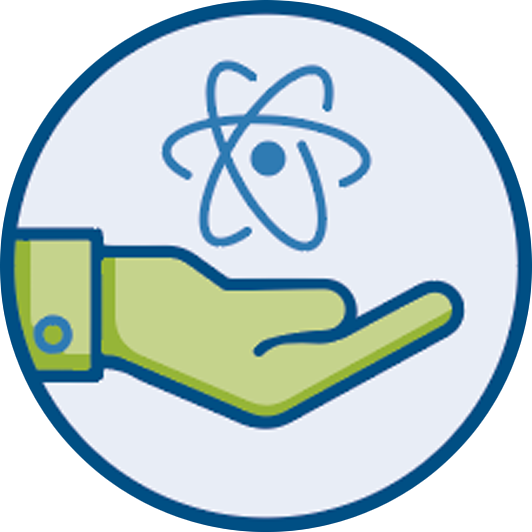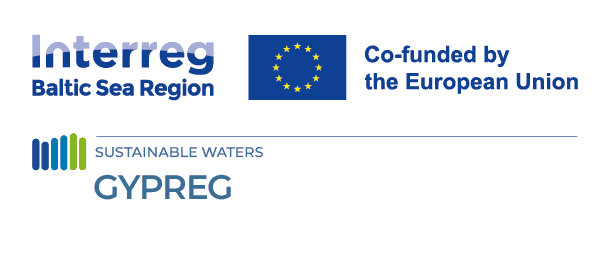
Telling the GYPREG story...
18 February 2025
Blog 3. – June 2024: Together again!
June brought us all back together in warm, very warm, Krakow, Poland, for our second consortium meeting. It was great to see also some new faces joining the project crew. Discussions and presentations focused mostly on what has already happened and what are the next steps to be taken. We also had some workshops where we went these through county by country.
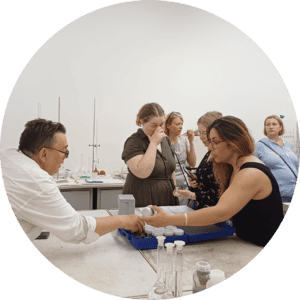
© Eija Rantajärvi
As well as laboratory and field studies on how gypsum works in different countries, we will also carry out surveys in each country. These surveys will help us to create a picture of what farmers in different countries think about applying gypsum on their fields. However, these surveys cannot be identical in each country, because the knowledge about gypsum varies greatly between countries.
In Finland our pilot area is Åland Islands. Although we have spread gypsum mainly on the mainland in Finland, it is already somewhat familiar to the Åland farmers already. So, in Åland, we can ask quite complex things regarding gypsum because they already have some knowledge and perhaps even experience with it. But in other countries applying gypsum on fields can be unheard of. So naturally, we have to adapt the surveys accordingly and, in some cases the main audience for the survey might be agricultural advisors instead of farmers. As we gather information, we also provide information about gypsum through the survey itself, making it an important part of the project’s awareness-raising campaign.
We had an interesting lecture from Mr. Marek Krysztoforski from the Polish Central Agricultural
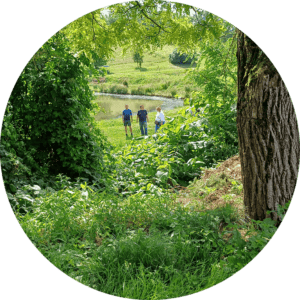
© Eija Rantajärvi
Advisor Center. He told us that Polish fields often lack sulphur which is particulary problematic for crops such as beetroot and maize. Because gypsum increases the sulphur amount in the soil this might make it attractive option for farmers. Polish fields vary widely in phosphorous (P) content; some have very high levels, while others have very low levels. As gypsum cuts the phosphorus runoffs it should be targeted in those fields where P content is high. As in many countries, animal farming is becoming more concentrated in certain areas, which can lead to rising P levels in those fields. Also, if gypsum can enhance the soil, that might also be of interest for Polish farmers. In Poland there are also many factories that produce gypsum as a side product, so availability might be quite good, but of course the suitability of this gypsum for agricultural use needs to be analysed first. We also visited our Polish partners laboratory, where white and green flowerpots are in a key position when they study the effects of gypsum in different soils.
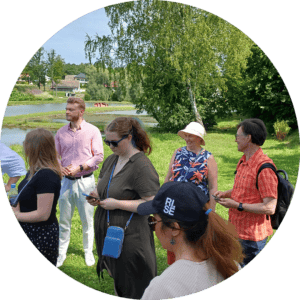
© Eija Rantajärvi
On the second day, we visited one of the farms that will alter in the year serve as one of the pilot sites for the gypsum experiments. The place was not a typical farm as it was an eco-farm which provides a lot of education especially for school children. School classes can come to the farm for a day and will learn hands-on how different vegetables, berries and grain is grown, and they can take part on growing or harvesting them and also preparing food from the freshly picked produces.
In these idyllic surroundings, we also discussed what will happen in each country during the summer and fall. Obviously, the summer is a bit slower because of holidays to be enjoyed, but once those are over, the fall will be busy, busy, busy…
Blog by Sari Väisänen, Finnish Environment Institute (Syke)



